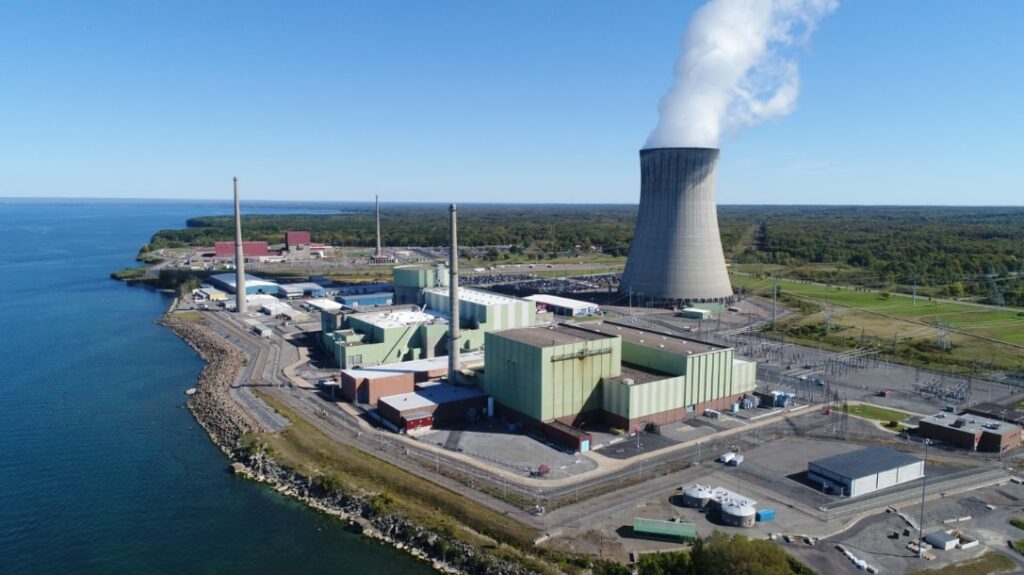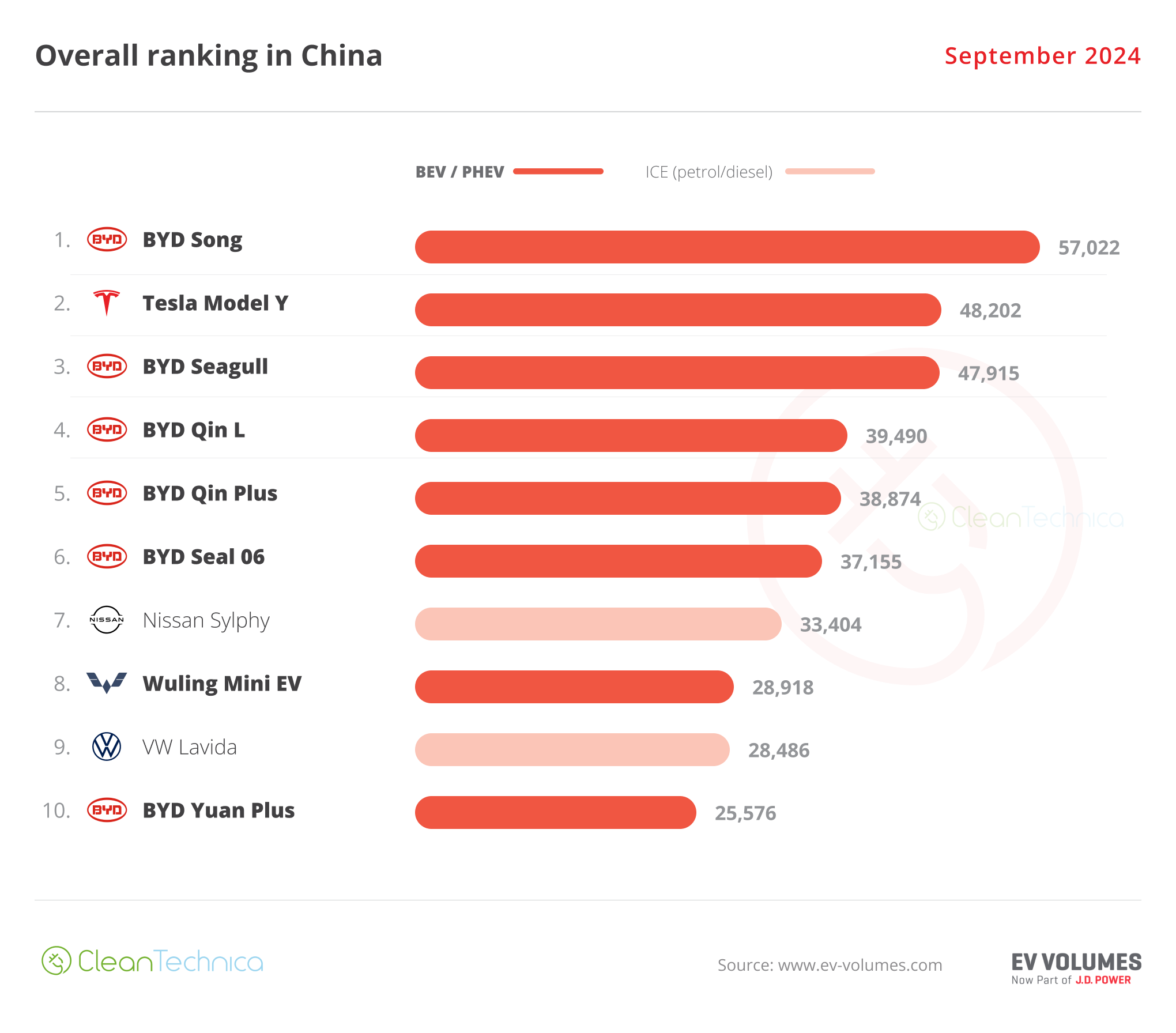A closer look at Ottawa’s policy shifts reveals mixed signals on the future of energy.

By Resource Works
More News and Views From Resource Works Here
For a while there, we thought that Canada – facing enormous demand for more and more electricity — was finally all in for more nuclear power generation.
Last fall, at the World Climate Action Summit (COP28) Canada endorsed the Declaration to Triple Nuclear Energy. “The Declaration recognizes the key role of nuclear energy in achieving global net-zero greenhouse gas emissions by 2050 and keeping the 1.5-degree goal within reach.”
Earlier, in October 2022, Jonathan Wilkinson, then minister of natural resources and now minister of energy and natural resources, spread the word in Washington DC:
“In order to achieve our economic and climate objectives, Canada will need to significantly expand its electric grid. All sources of non-emitting energy must be considered for this significant challenge — including nuclear.
“The Government of Canada will work with like-minded countries to ensure that Canadian nuclear energy and technologies support the transition to a prosperous, safe and secure net-zero world.”
And in January this year, the government revised the Green Bond financing program, which had previously excluded nuclear energy, to permit financing of “the deployment of nuclear energy to generate electricity and/or heat.”
The change also specifically allowed for investments in new reactors, refurbishment of existing facilities, research and development; and some investments in Canada’s nuclear supply chain.
But the feds were strangely different when it came to supporting nuclear power to produce hydrogen.
Ottawa’s Clean Hydrogen Investment Tax Credit will refund up to 40% of investments in energy projects that produce clean hydrogen by using electricity to split water into oxygen and hydrogen. The refund is up to 15% for clean ammonia.
But the credit allows only for processes that use hydro, solar or wind power to power electrolysis, or use renewable natural gas as long as emissions are abated using carbon-capture technology. Electricity from nuclear power is out.
Yet the amount of electricity needed to make hydrogen is much lower if the water is first heated to become steam. And the Breakthrough Institute in the U.S. points out: “While wind and solar can supply carbon-free electricity – depending on the weather – they can’t supply heat. Nuclear reactors make heat on their way to making electricity.”
But here, no, don’t use nuclear power to produce hydrogen. Thus Ottawa’s green-at-all-costs fixation has become even more of an obsession.
As Heather Exner-Pirot of the Macdonald-Laurier Institute said: “Just when you think the federal government has turned the corner on nuclear, they go ahead and exclude it from the Clean Hydrogen Tax Credit. Only production from renewables will be eligible.
“Say it with me: the goal is to decarbonize, not expand renewables.”
Meanwhile, the International Atomic Energy Agency pointed out that “The hydrogen economy is getting higher visibility and stronger political support in several parts of the world.”
And it saw “promising applications such as nuclear hydrogen production.”
Andrew Evans, a master’s student at Columbia University and research assistant at the Center on Global Energy Policy, was even more positive:
“Nuclear stations can help to . . . achieve our emissions reduction targets, which are impossible without vastly more clean electricity.”
And: “At the same time, we can use these large-scale electricity projects to generate cheap electricity for our citizens to use and reduce the cost of living in Canada.”
In the U.S., hydrogen is being produced at that nation’s first nuclear-powered clean hydrogen facility, a demonstration plant by Constellation Energy in Oswego NY.
“This accomplishment tangibly demonstrates that our nation’s existing reactor fleet can produce clean hydrogen today,” says Kathryn Huff, federal assistant secretary for nuclear energy.
Last November, a Canadian government news release said this: “Hydrogen is expected to play a key role in meeting Canada’s net-zero goals. Under the Government of Canada’s plan to build Canada’s clean economy, more than 90 clean-growth projects with a total value exceeding $40 billion, including private investment, began over the past 3 years or will soon move forward into construction across Canada.”
But if hydrogen is so important to the government and Canada, why aren’t we looking at nuclear electricity to produce it?
Share This:




